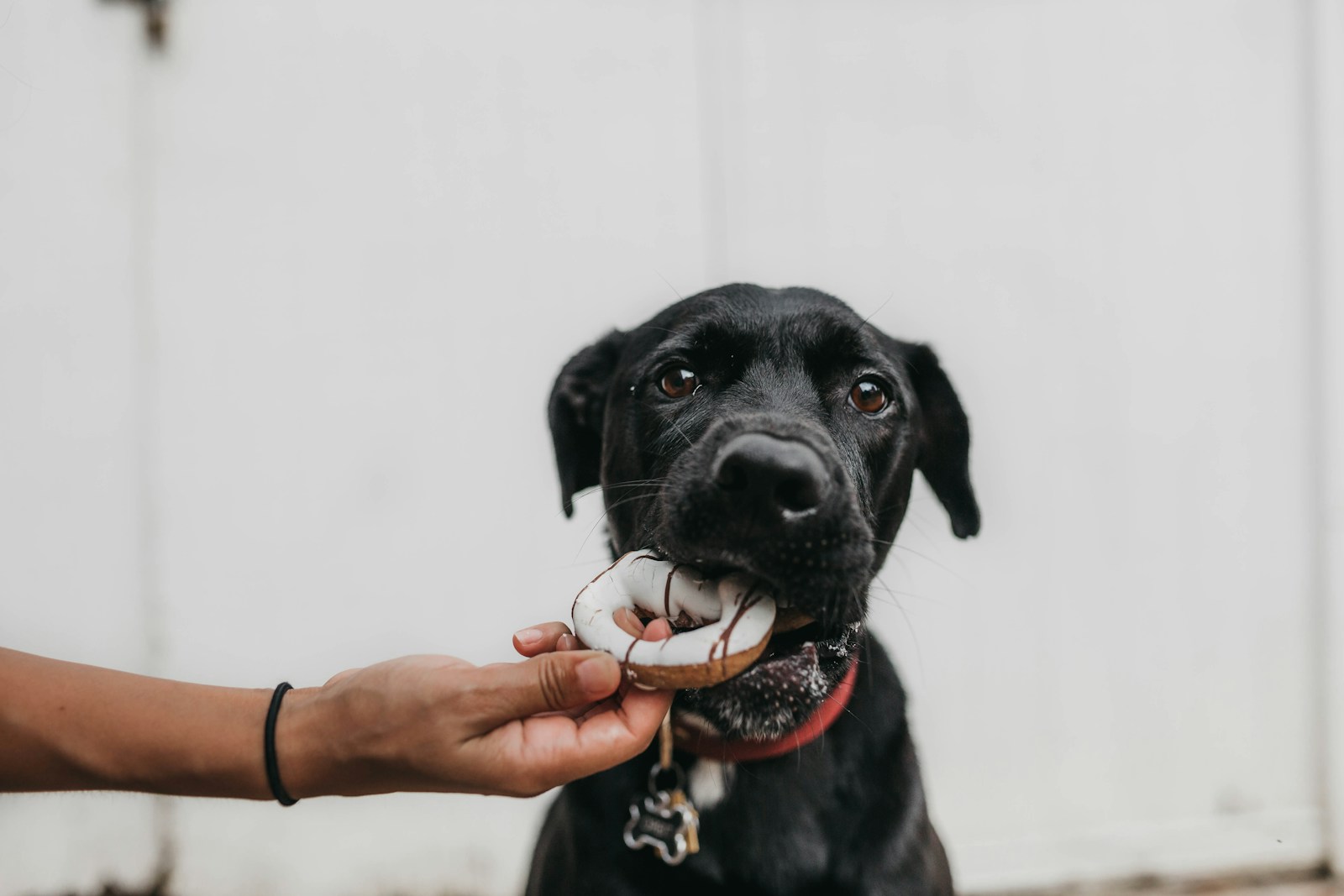Chocolate is a favorite treat for many humans, but for man’s best friend, it can be a deadly indulgence. Every year, thousands of dogs suffer from chocolate poisoning, with some cases being fatal.
The dangers of chocolate for dogs lie in a compound called theobromine, which is toxic to canines. Understanding why dog can’t eat chocolate is crucial for dog owners to prevent accidental poisoning.
As a responsible dog owner, it’s essential to be aware of the risks associated with chocolate consumption in dogs. By knowing what makes chocolate so hazardous, you can take steps to keep your furry friend safe.
Why Dogs Can’t Eat Chocolate: The Toxic Truth
The allure of chocolate is undeniable, but for dogs, it’s a potentially deadly attraction. Chocolate contains substances that are harmless to humans but toxic to dogs. Understanding why this is the case is crucial for dog owners to keep their pets safe.
Theobromine and Caffeine: The Dangerous Compounds
Chocolate’s toxicity stems from two main compounds: theobromine and caffeine. Theobromine is particularly problematic because dogs metabolize it much slower than humans. This slow metabolism means theobromine can build up to toxic levels in a dog’s system. Caffeine, while similar in effect, is generally present in smaller amounts in chocolate but still contributes to the overall toxicity.
How a Dog’s Metabolism Differs from Humans
A dog’s metabolism is significantly different from a human’s when it comes to processing theobromine and caffeine. While humans can easily break down these substances, dogs take much longer. This difference is critical because it allows toxic levels of these compounds to accumulate in dogs. As a result, even small amounts of chocolate can be harmful to dogs, depending on the type of chocolate and the size of the dog.
The key factors influencing chocolate toxicity in dogs include:
- The type of chocolate consumed (dark, milk, or white)
- The amount of chocolate eaten
- The size of the dog
Being aware of these factors can help dog owners take necessary precautions to prevent chocolate poisoning.
Chocolate Poisoning: Symptoms and Severity
Chocolate poisoning in dogs is a serious condition that requires immediate attention. When a dog ingests chocolate, the severity of the symptoms depends on several factors, including the type of chocolate and the size of the dog.
Early Warning Signs to Watch For
The initial symptoms of chocolate poisoning in dogs can be mild and may include vomiting, diarrhea, and an increased heart rate. These symptoms can occur within a few hours of chocolate ingestion.
Severe Symptoms Requiring Emergency Care
In more severe cases, dogs may exhibit seizures, tremors, and an irregular heartbeat. If you observe any of these symptoms, it is crucial to seek veterinary care immediately.
Toxicity Levels by Chocolate Type
The toxicity of chocolate to dogs varies depending on the type of chocolate. Understanding the differences can help you assess the risk.
Dark vs. Milk vs. White Chocolate
Dark chocolate contains a higher concentration of theobromine, making it more toxic to dogs than milk chocolate. White chocolate, on the other hand, contains very little theobromine and is generally considered less toxic.
Calculating Danger Based on Dog Size
The size of the dog also plays a significant role in determining the severity of chocolate poisoning. A smaller dog is more susceptible to the toxic effects of chocolate due to its smaller body mass.
| Dog Size | Chocolate Type | Toxicity Level |
|---|---|---|
| Small ( | Dark Chocolate | High |
| Medium (20-50 lbs) | Milk Chocolate | Moderate |
| Large (>50 lbs) | White Chocolate | Low |
Understanding the symptoms and severity of chocolate poisoning in dogs is crucial for dog owners. By recognizing the early warning signs and knowing how to assess the toxicity level based on the type of chocolate and the size of the dog, you can take prompt action to ensure your dog’s safety.
Emergency Response: When Your Dog Eats Chocolate
If your dog has eaten chocolate, it’s crucial to act quickly to minimize potential harm. Chocolate contains substances that can be toxic to dogs, and the severity of the reaction depends on several factors including the amount and type of chocolate consumed.
Immediate Steps to Take at Home
The first step is to remain calm and assess the situation. Identify the type and amount of chocolate eaten. Dark chocolate and baking chocolate are more dangerous due to their higher cocoa content. If your dog has ingested a small amount of milk chocolate, the risk might be lower, but it’s still important to monitor their behavior closely.
Do not attempt to induce vomiting unless instructed by a veterinarian. Instead, keep a close eye on your dog for any signs of chocolate poisoning, such as vomiting, diarrhea, increased heart rate, or restlessness.

When to Call the Vet
If you suspect your dog has eaten chocolate, contact your veterinarian or a pet poison hotline immediately. They can provide guidance based on the specifics of the situation, including the dog’s size, the amount and type of chocolate consumed, and the time elapsed since ingestion.
Be prepared to provide detailed information about the incident to help the vet assess the severity of the situation.
Treatment Options and Recovery
Treatment for chocolate poisoning may include inducing vomiting, administering activated charcoal to prevent absorption, and providing supportive care like intravenous fluids. In severe cases, hospitalization might be necessary to monitor and manage symptoms.
| Chocolate Type | Theobromine Content | Toxicity Level |
|---|---|---|
| Milk Chocolate | Low | Mild |
| Dark Chocolate | High | Severe |
| Baking Chocolate | Very High | Very Severe |
Most dogs recover from chocolate poisoning if treated promptly. However, the outcome depends on the amount and type of chocolate consumed, as well as the timeliness and quality of the care received.

Conclusion
Understanding why dogs can’t eat chocolate is crucial for their safety and well-being. Chocolate contains toxic compounds like theobromine and caffeine, which can cause a range of symptoms in dogs, from mild to severe.
As discussed, the severity of chocolate poisoning depends on the type of chocolate and the amount consumed. It’s essential to keep all chocolate products out of your dog’s reach and be aware of the early warning signs of toxicity.
If you suspect your dog has ingested chocolate, it’s vital to remain calm and follow the emergency response steps outlined earlier. By being informed and vigilant, you can help prevent chocolate toxicity and ensure your dog’s health and safety.





